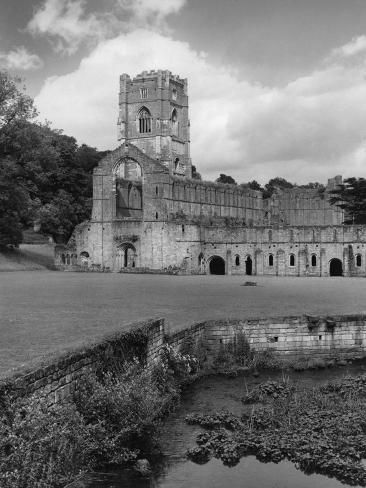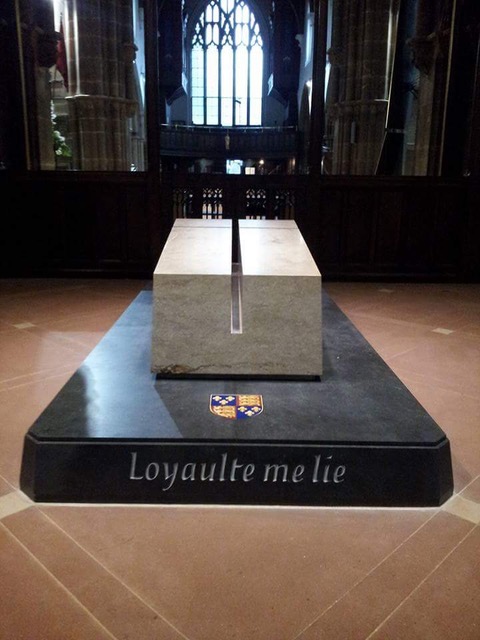Show
Adrian Tinniswood on Noble Ambitions: the fall and rise of the post-war country house. Friday 28 June at 7:30pm
£20.00
The Daily Telegraph’s Book of the Year, 2021
Adrian Tinniswood OBE FSA, Senior Research Fellow in History at the University of Buckingham and Visiting Fellow in Heritage and History at Bath Spa University: part academic and part raconteur. His work running Buckingham’s postgraduate programme in Country House Studies, and his career as a writer covering all things historic house, has given him a unique insight into their social history.
From lions at Longleat to Christine Keeler at Cliveden. Join us on a lively tour as Swinging London collided with traditional rural values. Capturing the spirit of the age and proving that the country house is not only an iconic symbol, but a lens through which to understand the shifting fortunes of Britain in an era of monumental social change.
Add to basket
Archbishop Bernard Longley, the 9th Catholic Archbishop of Birmingham on Ecumentical Prayer at Markenfield and beyond. Friday 27 September at 7:30pm
£20.00
Archbishop Longley will reflect on the Chapel of St Michael Archangel at Markenfield Hall as a place of ecumenical prayer and welcome, alongside his responsibility as Roman Catholic Co-Chairman of the Anglican-Roman Catholic International Commission (ARCIC) and his continuing work on interfaith relations.
Add to basket
Aspects of Markenfield 1: Piety & Partridges by William Barber
£4.00
Fountains Abbey and Markenfield Hall stand just one mile apart, as the crow flies. Fountains Abbey Archivist William Barber explores the relationship between the owners of the Markenfield estate and the monks of Fountains Abbey from the mid 12th century to November, 1539 when that house was dissolved. It is based on information to be found in the few remnants that survive from the Markenfield papers, and the more plentiful, but still fragmentary, abbey records, the earliest of which are the monastic charters recording donations of land and other resources to the house during the first two centuries of its existence.
Add to basket
Aspects of Markenfield 2: The Markenfield Tombs in Ripon Cathedral by Ian Curteis
£4.00
Although the Markenfields had a beautiful domestic Chapel in the heart of the house, at an early stage they established their own chantry chapel dedicated to St Andrew on the East side of the North transept of Ripon Cathedral, where two mediaeval monuments to two notable members of the family remain: both Sir Thomas Markenfields, one (d. 1398) the great-great-grandfather of the other (d.1497). They are all that is left of what must have been, before the reformation, a very fine place of worship and family mausoleum. These are their stories.
Add to basket
Aspects of Markenfield 3: The Parish of Markenfield Hall
£5.00
A study of the Parish of Markenfield Hall: a most unusual parish, partly because of its unique 14th century moated hall and also
because, over the centuries, the parish has remained small, its boundaries almost identical with those of the estate. Unlike
surrounding parishes, no hamlet or village has grown up around the hall. Through the ages the name has changed from
Merchefeld to Markenfield with the main variants being Merchingfeld, Merkingfeld, Markynfeld, Merkyngefelde, Markinfeild and Markingefeild. In addition, it has been a manor, parke, mannor, hall and today it is the Parish of Markenfield Hall.
Add to basket
Aspects of Markenfield 4: The Grantley Window in Ripon Cathedral
£7.00
The North aisle of Ripon Cathedral is dominated by a glorious stained glass celebration of the Grantley family - the owners of Markenfield Hall. The window’s artist was Thomas Willement, who was heraldic artist to George IV and artist in stained glass to Queen Victoria. Almost uniquely within the Cathedral church, this window has no religious or ecclesiastical content. Instead it is ‘a celebration of dynastic splendour’. The Grantley window was the first new window to be erected in Ripon Minster after its elevation to Cathedral status in 1836. At that time, the Cathedral’s windows included many coats of arms, including two small representations of the Norton arms, but this was going to be a much grander affair. Explore the panels in detail with Dr Brian Crosse.
Add to basket
Aspects of Markenfield 5: The Grantley of Grantley Hall (and Markenfield)
£5.00
Following the Rising of the North in 1569, one son of Old Sir Richard survived – the direct ancestor of Fletcher Norton who, one hundred and fifty years later, reversed the family’s downfall. Born in 1716 at Grantley, he became arguably the most successful Barrister of the day, and went on to become Speaker of the House of Commons. Elevated to the Peerage in 1782, he chose as his title ‘Baron Grantley of Markenfield’ – the property he bought when unable to reclaim Norton Conyers, irretrievably lost after the Rising. He clearly prized this link with the past, although he never lived at Markenfield, having amassed enough money to extend the modest Jacobean Grantley Hall into a formidable Georgian mansion. Learn more about Fletcher and the 7 Lords Grantley that have followed him.
Add to basket
Aspects of Markenfield 7: Forgotten Shrines & The Rising of the North by Bede Cam
£6.00
First published in 1910, Forgotten Shrines introduced readers to some of the most romantic ancient homes of the great recusant families, and the lives of the people who lived in them. Cam was a significant figure in the late Victorian and Edwardian rediscovery of ‘Heritage’, but for us the most significant feature of this chapter on Markenfield was his description of the Hall as he found it over 100 year ago. This is followed by an in depth depiction of The Rising of the North - so pivotal to the history of the Hall and the two families that shaped it.
Add to basket
Aspects of Markenfield 8: Sir Thomas Markenfield & Richard III by AJ Pollard
£5.00
Sir Thomas Markenfield, who was born around 1447 and died in 1497, is celebrated for his attachment to Richard III. What might have once been considered universally as a mark of shame is now seen by many as a badge of honour. In particular it is believed that he fought valiantly for his lord and king on Bosworth Field. But what was the nature of that attachment? How did Sir Thomas first come into the king’s service? What, service did he give? And how did he adjust to life after Richard III? Professor Anthony Pollard has the answers.
Add to basket
Aspects of Markenfield 9: Silver Teaspoon – the colourful early life and times of the 6th Lord Grantley
£12.00
A glorious reproduction of the original type-written manuscript of 6th Lord Grantley's autobiography - both hilarious and outrageous by turn. The manuscript takes its reader up to 1915, after he had been severely wounded in the First World War. The full transcript was published in 1954, the year he died, and chronicled "the twilight of the aristocracy". It has long been out of print, but finally a large portion of it is available to the public once more. As Mark Twain once said: "never let the truth get in the way of a good story"...
Add to basket










